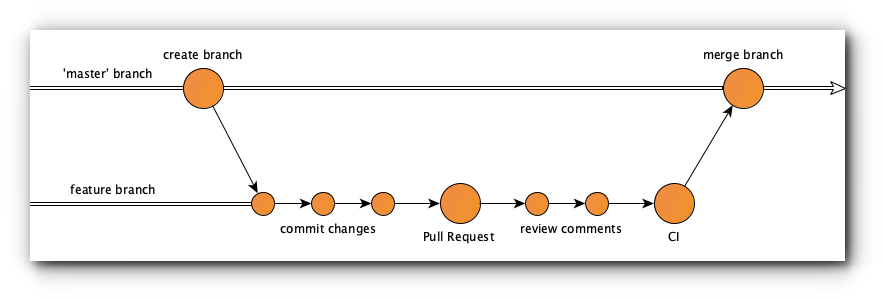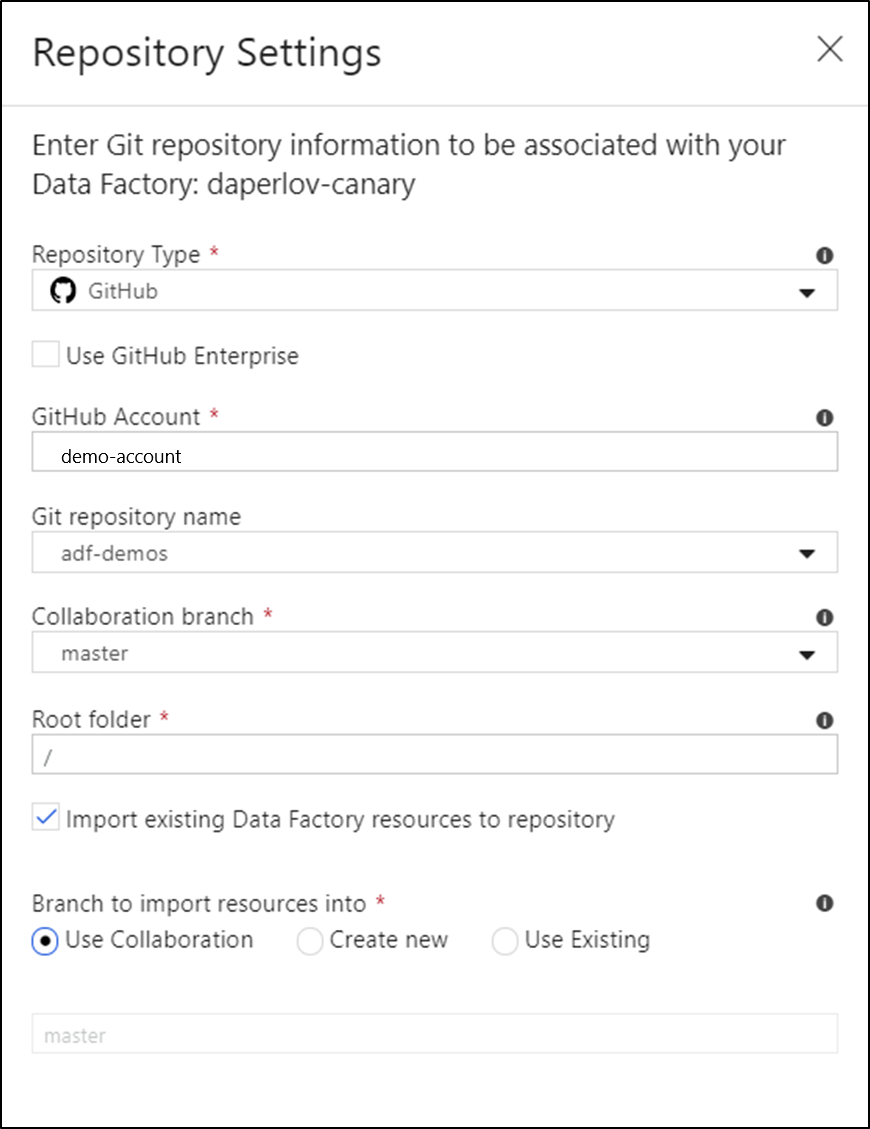
- Git create branch and publish how to#
- Git create branch and publish update#
- Git create branch and publish code#
To see all the branches in the repository, click on. You’ll see the name of your current branch in the branch selector dropdown. Navigate to the main page of the GitHub repository for which you want to create a new branch. Let’s dive in and look at all three of them.Ĭreating a New Branch From GitHub Website There are three ways you can create a new branch in GitHub:
Git create branch and publish how to#
Which brings us to the question of how to create a new branch in GitHub? Here’s a visual example of how working with multiple branches might look like: Git workflow with feature and develop branches So when you want to make changes, you’d create a new branch from the master branch, make your changes in it, and when you’re ready, you’d request your changes to be merged into the master branch.

Especially when you’re working collaboratively. This is the branch that gets deployed to production.Īnd it’s also the branch that’s never edited directly. The main branch, often called the Master branch, is the official stable version of your code.
Git create branch and publish code#
your code base) in GitHub can have multiple branches. GitHub (and Git) enables you to control which version of the code gets deployed to your production.Īnd branches play a fundamental role in this.Įvery time you deploy code to production, you’ll obviously want to make sure you’re only deploying the most stable version.īut how do you make sure you always have a stable version ready for deploy when you’ve got multiple teammates constantly working on new features and bug fixes?Įvery repository (ie.

Git create branch and publish update#
Though it's safe to just git fetch periodically.Īnd to ensure your feature branch remains up to date with the latest changes, you will have to periodically update your branch from release/1.0. This is the decentralized nature of Git, it does not assume you have a connection to your remotes. Git checkout -b feature/123 origin/release/1.0 Note that you still have to git fetch the remote to ensure you have the latest version. Simple - pushes the current branch with the same name on the remote. You probably want simple which is the default. When you run git push it has to guess where to push your branch to. $ git checkout -no-track -b feature/123 origin/release/1.0Īnd you can change the behavior globally with toSetupMerge. $ git checkout -b feature/123 origin/release/1.0īranch 'feature/123' set up to track remote branch 'release/1.0' from 'origin'. This is the remote branch it will use when pushing and pulling. When you branch from a remote branch, Git automatically sets up the remote as the "tracking branch". $ git push -set-upstream origin feature/123 $ git checkout -b feature/123 origin/release/1.0 Update global git config git config -global toSetupMerge falseĬreate new branch from latest release $ git fetch -all Is there a way to do this, or do we have to just keep pulling in the latest release and then branching from there locally? Solution I have to do that quite a bit though and it feels like I should be able to skip having to pull in the release/1.0 branch locally, and instead, create my branch with one command.

git checkout -b feature/123 origin/release/1.0Ĭurrently, the workflow that works is: git checkout release/1.0 I've tried the following, but when I push, it pushes to the incorrect (origin/release/1.0) branch instead of pushing to a new branch (feature/123) on GitHub. It seems like there should be a way to do this.

I've been discussing with my team and searching the internet, but I cannot figure out how to create a new git branch locally based on a remote branch hosted on GitHub.


 0 kommentar(er)
0 kommentar(er)
